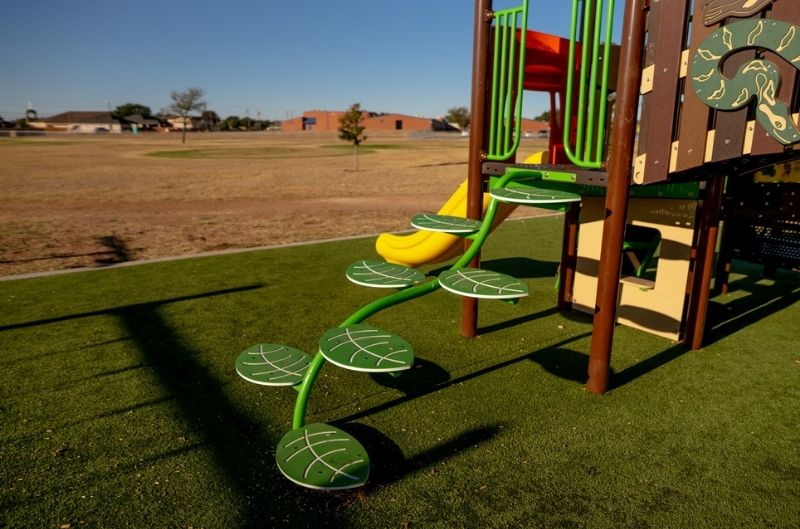
Innovative Playground Design Considerations to Try Right know!
|
|
Author: Austin Stanfel
Playgrounds allow children to practice a range of skills that ultimately play a crucial role in adult competencies. These include their capacity to work together with others, take on leadership responsibilities successfully, and produce new ideas.
Playgrounds offer several advantages to the growing mind and body. However, not all playgrounds are accessible to people of all abilities. Playgrounds should be designed to increase the “playability” for people of diverse abilities, ages, races, gender, ethnicity, culture, and socioeconomic status.
Implementation of these best practice principles shall help create a unique and meaningful play environment that more people can use to the greatest extent possible. Following are some key points that you might consider keeping in mind while setting up a playground.
Multi-sensory Elements
It is installing various multi-sensory elements, such as auditory that may include musical instruments and talking tubes; proprioceptive devices like climbing walls, nets, ladders, and jumping devices. Or include the types of equipment requiring tactile abilities like rock climbing or other playing panels.
Spinners, swings, balances, and visual play panels must also be considered while designing a play area. They will enhance the creative and sensory abilities of your children.
Accessibility
Accessibility is all about movement, travel, and approach. While laying out the design for your personalized or community playground, this aspect should be considered.
It should be designed to reduce the severity of the injury and be wheelchair friendly. It should have widely spaced routes to allow wheelchair users, parents with strollers, or children who do not like to be touched enough space to pass quickly.
Play For All
A playground should be a place where no one is left out, where all children – regardless of ability – can feel included and play side-by-side. It should be a place where children with or without disabilities can be challenged and choose how they engage in play.
You can experiment by placing similar pieces of equipment close to each other. It will allow children of different abilities to participate in the same activity next to each other—also, not all children like the same ride. Thus, every child must have a choice of what to play on.
Opportunity For Calm
Secluded spaces in the playground within the guardian’s line of sight are important. They are ideal for children experiencing sensory overload who want a respite to re-calibrate. It might be a space beneath a multi-play structure, a playhouse, or other equipment where the kid feels safe, but the parents can still see them.
The addition of an orientation path helps kids to assess the play experience before participation. These paths provide a secure place with little activity, allowing kids to join and leave the play on their terms.
Social Environment
Playgrounds are a wonderful place to practice social skills otherwise challenging to teach.
Therefore, it is vital to include equipment that encourages teamwork and cooperative play. It will enable them to develop team spirit, patience, tolerance, humbleness, and situation management skills.
Designing a playground requires careful consideration of the overall design and elements. It should bring together play values and accessibility creatively and be safe and reliable. And with a bit of help, all of this can be achieved to channel your child’s inner strength and make him a super kid.


